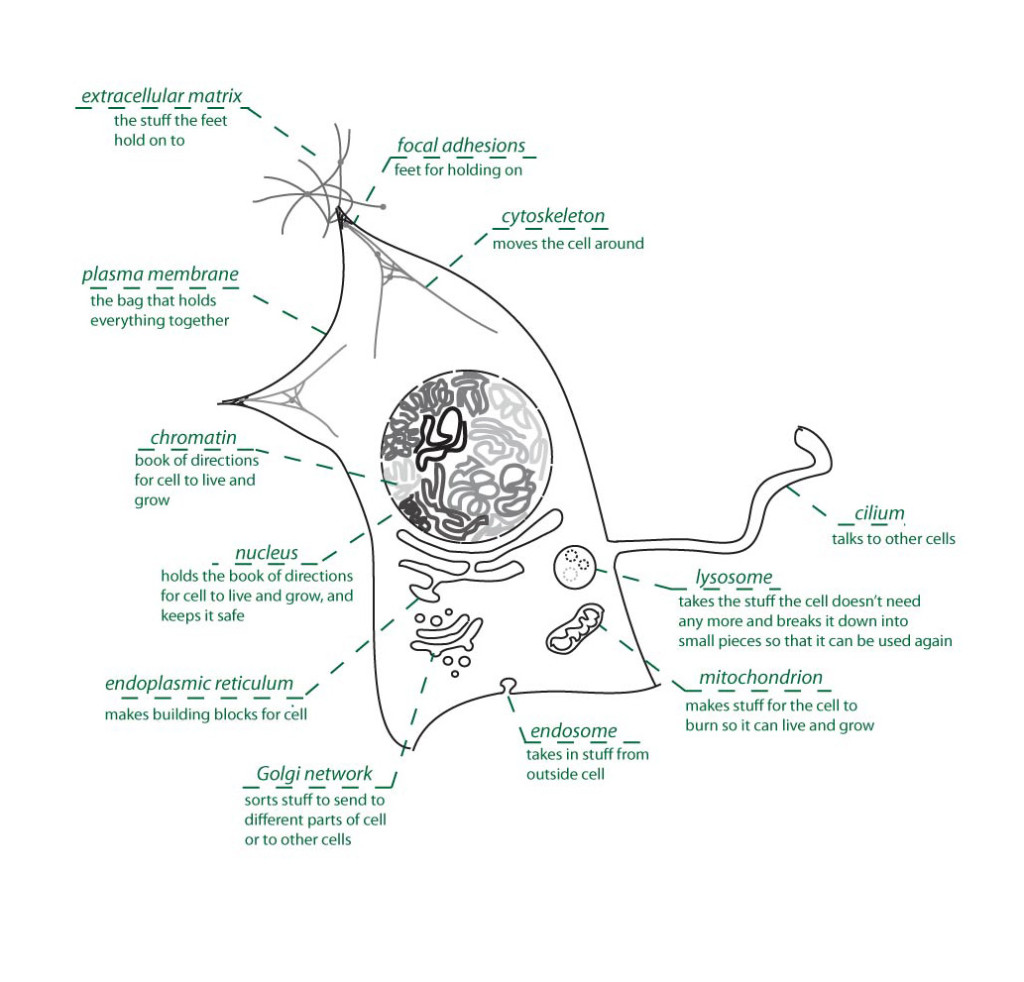Participating in this year’s SciFund course got me thinking about ways to make science attractive to a broader audience. As Josh Witten pointed out in a recent post on Nature’s SoapBox Science blog, our message is not being heard by a huge segment of the population if we focus only on the small audience that is already interested enough in science to seek out and read science journalism. To increase the size of that group, we need to pull more people in by drawing on their curiosity and showing them something with a sense of humor and a bit of whimsy.
A great example of this that I saw recently is the “Up-Goer Five” diagram explaining how a rocket is put together, using only the 1,000 most common words in the English language. [Since “rocket” is not one of the 1,000 most common words, the diagram is named the “Up-Goer Five”.] I learned quite a bit about how rockets are put together from looking at this diagram. Well, actually, I think I’m kind of the target audience for this diagram, since before seeing it, my working knowledge was pretty much zero! While I’m sure many details and amazing feats of engineering were lost in translation, the diagram does a great job of conveying an overview of how a rocket works. Importantly, it made me feel curious and confident that I could learn and understand more about the topic, rather than feeling overwhelmed and out of my depth.
I thought I would try to do the same thing for a eukaryotic cell. [Eukaryotic cells have distinct intracellular compartments called “organelles”, while prokaryotic cells are much more simply organized.] We cell biologists often describe cells as “the basic units of life” and I tried to convey that in this diagram- that each cell, of which there are trillions in our bodies, have the means to make energy, use that energy to build and move and communicate, and follow directions for a larger organismal blueprint by reading a “book” – the genome – that each cell carries around.
The “Up-Goer Five” Cell

What keeps me engaged with my work as a cell biologist is something that this diagram can’t really show you: that many of these sub-cellular structures (“organelles”) are actually very dynamic and move and communicate with one another in fascinating ways. Here are a few links to some (I think) really cool live imaging of intracellular movements.
If you would like to try explaining your own work using only the 1,000 most common words in the English language, use this editor and please post in the comments!



This was amazing!!! Thank you for dumbing it down for a non-scientist person 🙂
Reminds me of some of the vocabulary I helped Julie memorize for her high school biology class, but this brings it into visual comprehension. Thank you, Abby!